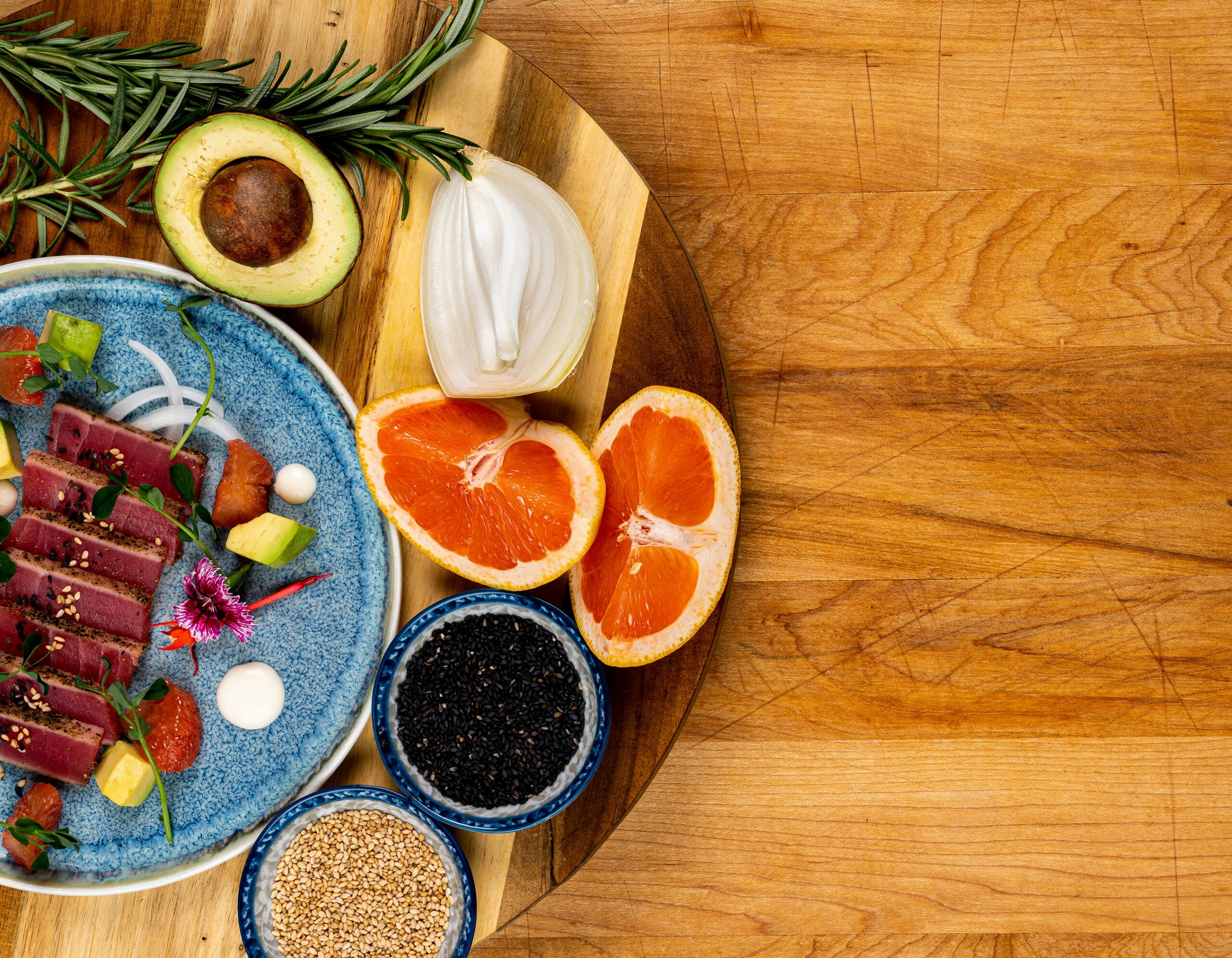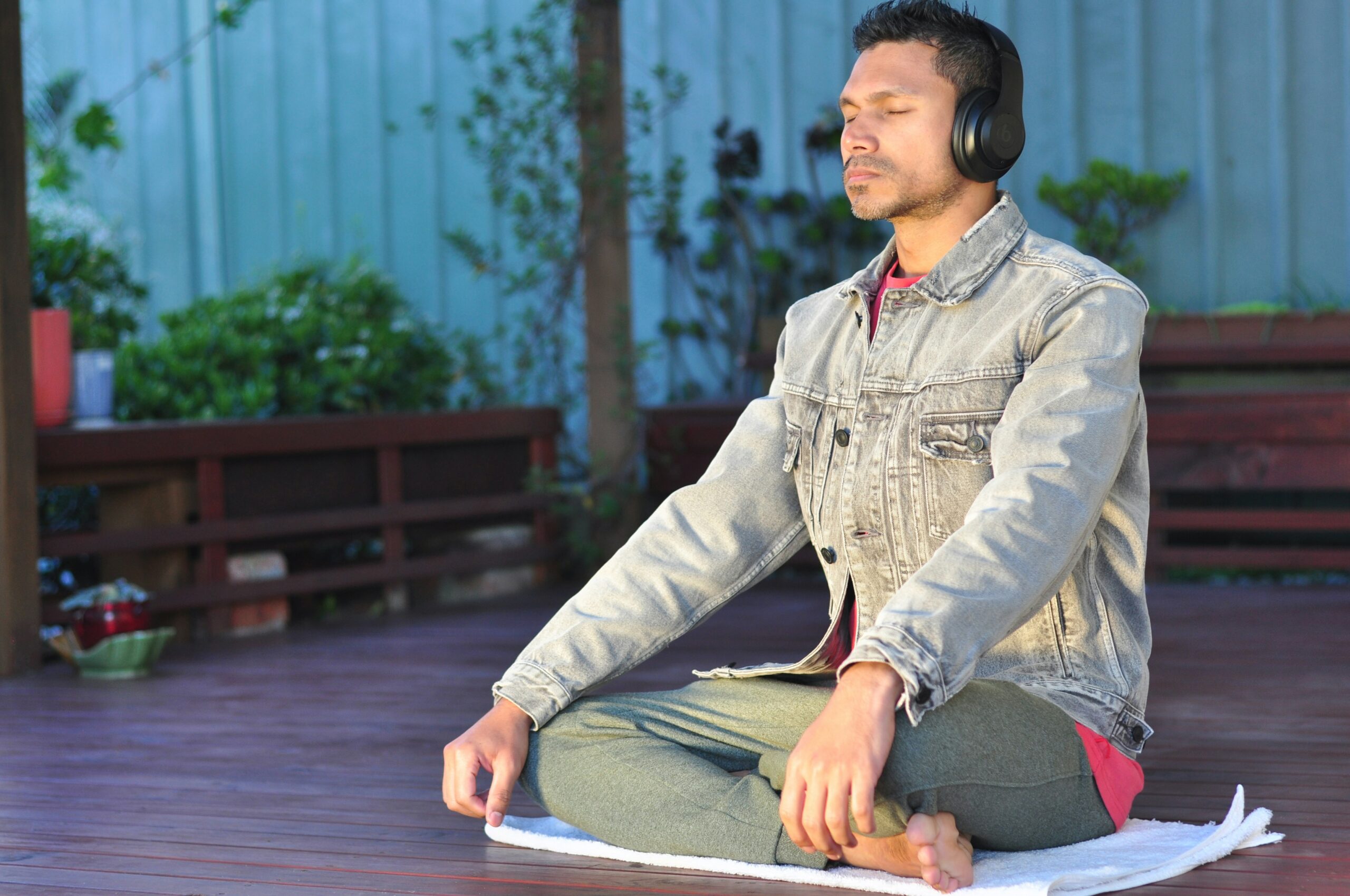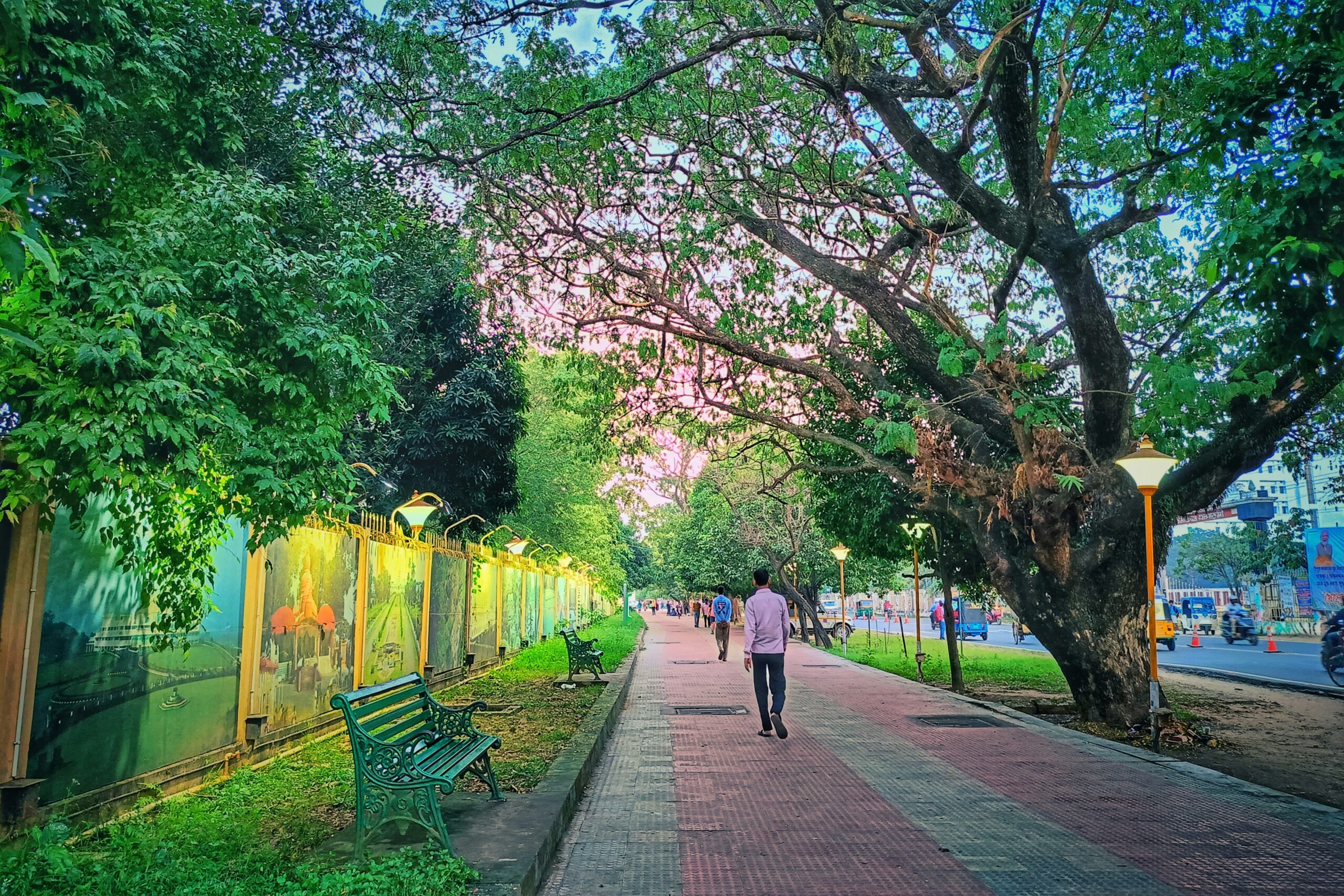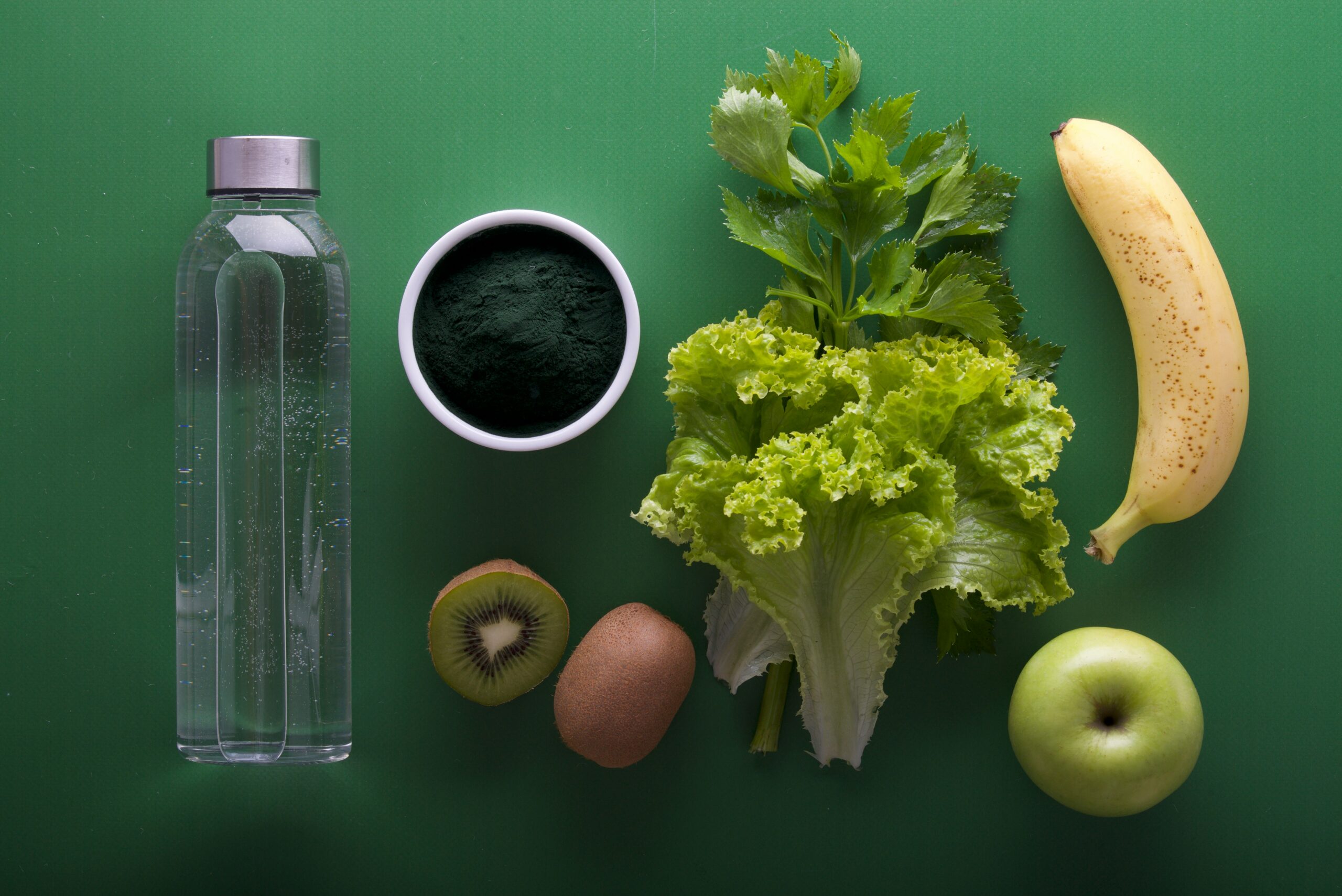Health Campaign Success: 3 Viral Movements That Transformed National Awareness

Introduction
In an era wherein statistics spreads faster than wildfire and social media shapes public consciousness, health awareness has undergone a seismic shift. No longer restricted to sterile clinics or public carrier announcements, the communication round nicely-being now pulses thru hashtags, TikTok dances, and viral demanding situations. But amidst the noise, a few campaigns have risen above the relaxation not just trending, but remodeling. These weren’t just clever advertising and marketing stunts; they have been cultural earthquakes that redefined how entire nations assume, communicate, and act approximately health.
Welcome to the Health Revolution, a movement not led by way of governments or pharmaceutical giants, but by everyday people armed with smartphones, empathy, and an unshakable perception that awareness saves lives. Here, we spotlight three viral health campaigns that didn’t simply go viral they went critical.
Table of Contents
1. #IceBucketChallenge: Turning Ice into Lifesaving Insight
In the hot summer of 2014, something extraordinary happened. Celebrities, athletes and ordinary citizens began to drop themselves with ice cold water, film the trembling procession and recorded friends to make the same all in the name ALS (amyotrophic lateral sclerosis), also known as Lou Gehrig’s disease.
What started as a grassroots insert by former Boston College baseball player Pete Frats quickly became a global phenomenon.Within a few weeks, everyone from Bill Gates to Oprah Winfrey utilized it.The rules were simple: Donate to ALS research, pour a bucket of ice water over your head, post a video and challenge others.
But it wasn’t just about viral entertainment. #Icebucketchallenge became a master class in participating in philanthropy. In just eight weeks, the ALS Association received more than $ 115 million in donations more than the amount collected in the previous decade. The funds conducted direct groundbreaking research, including the discovery of the NEK1 gene associated with ALS, accelerated potential treatments and brought hope to thousands of families.
More importantly, the campaign broke the silence around one once unclear illness. Before 2014, few outside the medical world knew what ALS was. Later? It was a household word. The challenge proved that when health awareness is packed in empathy, humor and community, it does not only inform it mobilizes.

2. #BellLetsTalk: Rewriting the Script on Mental Health
While physical diseases often dominate public health discussion, mental health has long been in silence stigmatized, misunderstood and underfunded. Enter #Bellletstalk, a Canadian campaign that made a simple conversation action a national identity.
The initiative was launched in 2010 by telecommunications giant Bell Canada, promising to donate 5 øre to mental health programs for all interactions on social media using the hashtag. But its real genius was not in the donation mechanism it was to normalize the conversation.
Year after year, at Bell Let’s Talk Day, shares millions of Canadians (and global supporters) personal stories, offering and challenging stereotypes. Celebrities such as Clara Hughes and Howie Mandel have opened up for their struggle with depression and anxiety.Schools organized workshops. Companies implemented mental well being policies. The hashtag became a digitally safe room, a symbol of solidarity in a world where mental illness was often whispered behind closed doors.
Result? More than $ 139 million has been raised since its launch, funding more than 1,300 mental health initiatives in Canada. But beyond the numbers, #Bellletsalk achieved something more in -depth: it made mental health a mainstream health priority.It reminded us that health is not just about the body it is also about the mind. And by letting people talk, it saved life.
Today, the campaign stands as a blueprint for how companies can utilize their platforms for really socially best without losing their authenticity.It is proven that when you invite people to share their truth, they do not only participate they heal.

3. #KnowYourLemons: Demystifying Breast Cancer with Wit and Clarity
Breast cancer affects 1 in 8 women globally, but early detection is still a challenge especially in local communities where education is limited or cultural taboos persists. Enter #Knowyourlemons, a campaign that is so brilliant that it seems revolutionary.
The campaign was created by designer Corinne Ellsworth-Beaumont in 2016, using lemons to represent breasts and shows 12 symptoms of breast cancer from lumps and caves to nipple emissions and skin structure changes. Why lemon? Because they are universally recognizable, non sexualized and easy to understand across all languages and cultures.
What started as a modest infographically exploded online. Shared by survivors, doctors and influencers, #Knowyourlemons have crossed boundaries. It has been translated into more than 15 languages and adopted by health organizations from the UK to Kenya. In countries where the discussion about breasts is taboo, the lemon metaphor has offered a discreet, respectful way to educate women about their bodies.
The strength of the campaign lies in its clarity. Instead of medical jargon or fear -based messages, it offers empowerment through knowledge. “If you know what to look for,” insists the campaign, “you can act quickly.” And early detection, the survival rate increases dramatically.
By 2023, #knowyourlemons had reached over 200 million people around the world. More importantly, the campaign resulted in countless women reporting early detection of abnormalities and making lemons that were not lemonade, but a lifeline.
This movement reminds us that health skills are a human right-and that sometimes the most powerful tools are not high tech but human centered.
The Anatomy of a Viral Health Movement
What do these three campaigns have in common?They all understood a basic truth: People do not share facts they share emotions.Each campaign was tapped on emotions – whether it was shocked by icy water, the vulnerability to share mental health struggle, or the relief of understanding one’s own body. He made health personal, interactive and divisible. He didn’t just ask for attention; He invited action.Furthermore, the brilliant architecture of social media:
Simplicity: Easy to follow actions (dump snow, post a message, share a picture).
Social evidence: Interficial and colleagues leading an example.
Objective: Have a clear, concrete impact associated with each interaction.
Empowerment: To provide individuals agency for a larger purpose.
By doing this, the passive observers transformed into active advocates – and proving that virality, when used for good, can be a strength multiplier for public health.
The Ripple Effect: Beyond The Hashtag
The legacy of these movements extends far beyond popular topics. They have influenced the policy, reshaped curriculum and inspired new generations of healthists. Schools are now learning mental well being together with mathematics. Doctors refer to #Knowyourlemons during consultations. ALS Research Laboratories operate with outstanding funding.
But perhaps his greatest influence is cultural. They have normalized conversations that were once considered unpleasant, for personal or for “niche.” They have shown that health is not a solo journey it is a collective responsibility.And in a world that is still fighting with a pandemic, misinformation and health differences, this lesson has never been more urgent.
Join the revolution
The next major health movement may not come from a laboratory or legislature; it can start with you. A post. A story.A divided moment of courage.Because awareness isn’t just about knowing; it’s about doing.And when millions do together, change isn’t just possible it’s inevitable.So whether you’re sharing resources, checking in on a friend, or simply learning the signs of illness, remember: you’re part of the Health Revolution.And revolutions don’t wait they spread.Let yours begin today.
1. What makes a health campaign go viral?
A viral health campaign combines emotional storytelling, relatable messaging, and shareable content often amplified by social media, influencers, or real-life urgency. It doesn’t just inform; it inspires action.
2. Can a small organization launch a successful health campaign?
Yes! Many impactful campaigns start locally. Authenticity, clear goals, and community trust often matter more than budget. Grassroots movements like “#MaskUp” during the pandemic began with individuals and grew nationwide.
3. How do you measure the success of a health awareness campaign?
Success is measured by both behavioral change (e.g., increased vaccinations, reduced smoking rates) and awareness metrics (social shares, media coverage, survey data). Real impact = lives improved, not just views.








